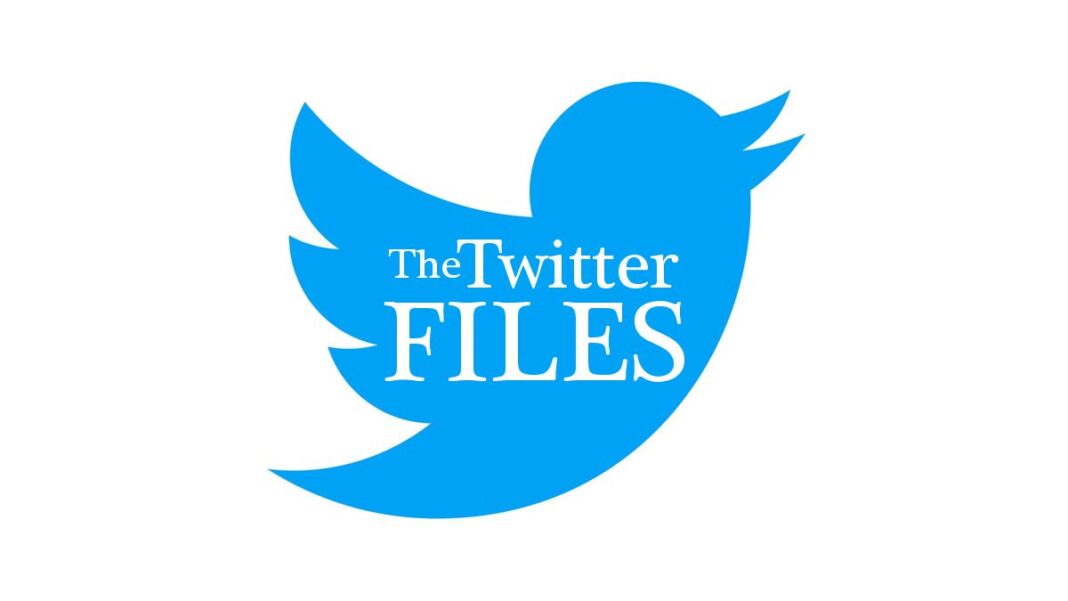16 major domestic airports are testing facial recognition tech to verify IDs — and it could go nationwide in 2023
Next time you’re at airport security, get ready to look straight into a camera. The TSA wants to analyze your face.
The Transportation Security Administration has been quietly testing controversial facial recognition technology for passenger screening at 16 major domestic airports — from Washington to Los Angeles — and hopes to expand it across the United States as soon as next year. Kiosks with cameras are doing a job that used to be completed by humans: checking the photos on travelers’ IDs to make sure they’re not impostors.
The TSA says facial recognition, which has been banned by cities such as San Francisco, helps improve security and possibly also efficiency. But it’s also bringing an unproven tech, with civil rights ramifications we still just don’t understand, to one of the most stressful parts of travel.
After hearing concerns from Washington Post readers who encountered face scans while traveling, I wanted to know how the TSA is using the tech and what our rights are. Everybody wants better safety, but is this really safer — and what are its real costs?
So I quizzed the TSA’s Jason Lim, who helps run the program formally known as Credential Authentication Technology with Camera (CAT-2). And I also called Albert Fox Cahn, the founder of the Surveillance Technology Oversight Project, or STOP, and one of the biggest critics of facial recognition.
I learned the TSA has put some important constraints on its use of facial recognition — but its current programs are just the beginning.
No, you don’t have to participate in facial recognition at the airport. Whether you’ll feel like you have a real choice is a separate question.
Read Full Article on WashingtonPost.com








